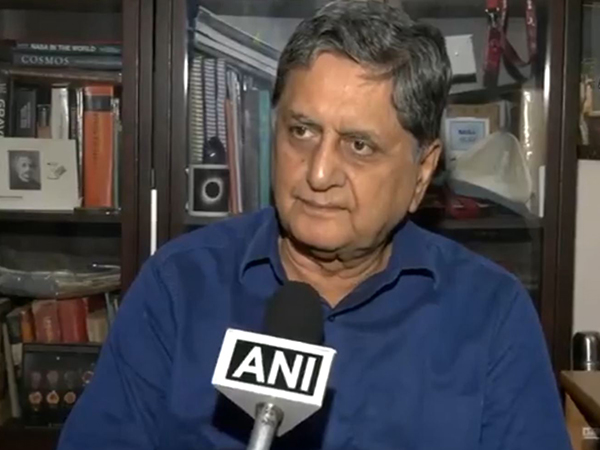Precision in Space: The Art of Docking and Undocking with the ISS
Former Indian Institute of Astrophysics scientist, RC Kapoor, explains the intricate process of spacecraft docking and undocking with the International Space Station (ISS). He discusses the necessary precision, coordination, and safety measures involved in safely bringing a capsule back to Earth, highlighting the complex orchestration required for such missions.

- Country:
- India
In a detailed discussion about the complexities of docking spacecraft with the International Space Station (ISS), former Indian Institute of Astrophysics scientist RC Kapoor highlighted the precision required for successful docking and undocking operations. Speaking to ANI, Kapoor emphasized the careful orchestration needed, as minor propulsion adjustments can alter orbits and disrupt alignment.
Kapoor explained the docking process involves magnetic guides for a soft capture, followed by latches ensuring a hard lock. Before undocking, pressure levels must be equalized, and all cargo and astronauts secured. Coordination between ground control and the ISS is crucial for releasing latches and beginning the slow, controlled separation.
Detailing the return journey, Kapoor noted the descent phase can take hours, with re-entry defined at 100 kilometers above Earth. The capsule faces intense heat, shielded by a heat-resistant barrier, before deploying parachutes for an ocean landing. High-speed boats then recover the capsule, ensuring the crew's safety and medical procedures post-mission.
(With inputs from agencies.)
ALSO READ
Axiom-4 Mission: Shubhanshu Shukla's Contributions to Space Science
Astronaut Shubhanshu Shukla's Axiom-4 mission likely to return to earth on July 14: NASA.
Touching Down: IAF's Shubhanshu Shukla Returns from Axiom-4's Stellar Mission
Axiom-4 Astronauts Return: Inside Dragon Grace's Final Journey
First Indian Astronaut Returns from ISS: Axiom-4 Mission Concludes










